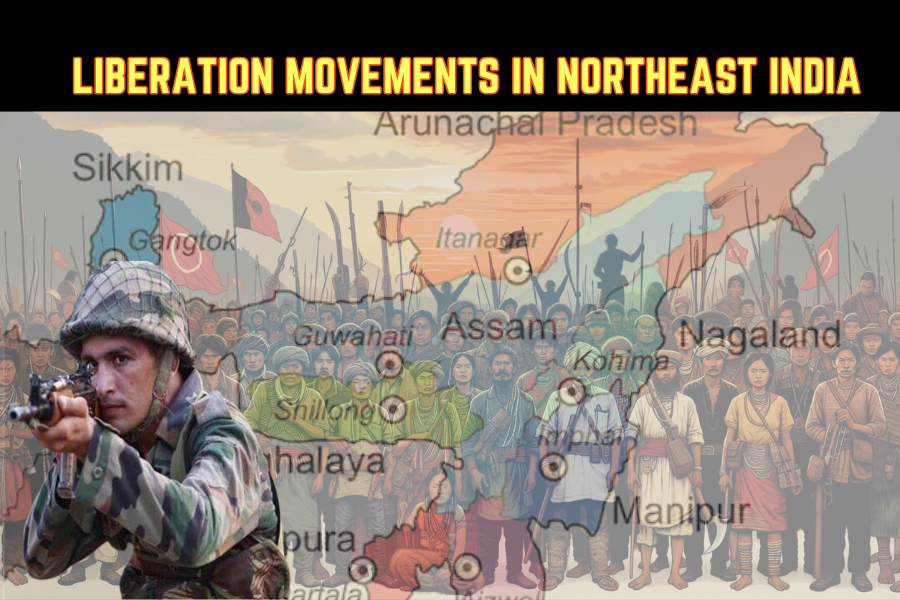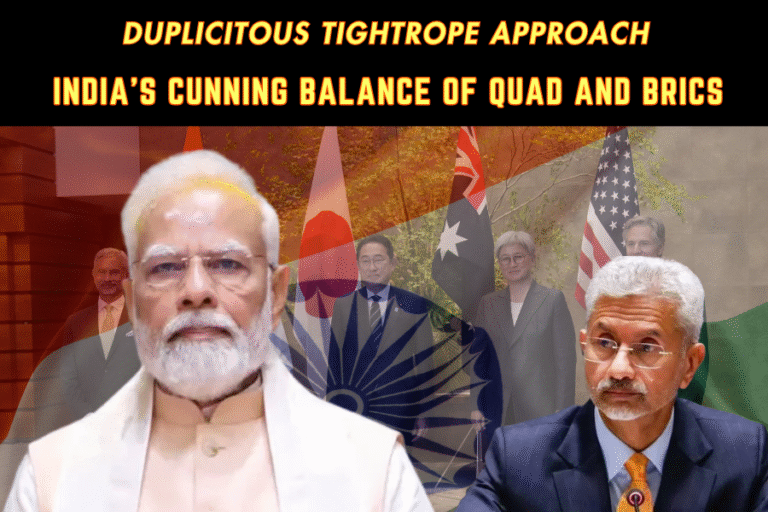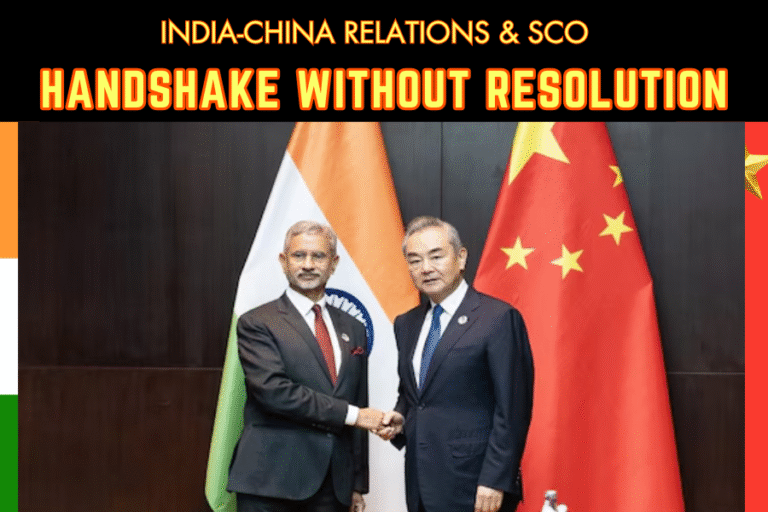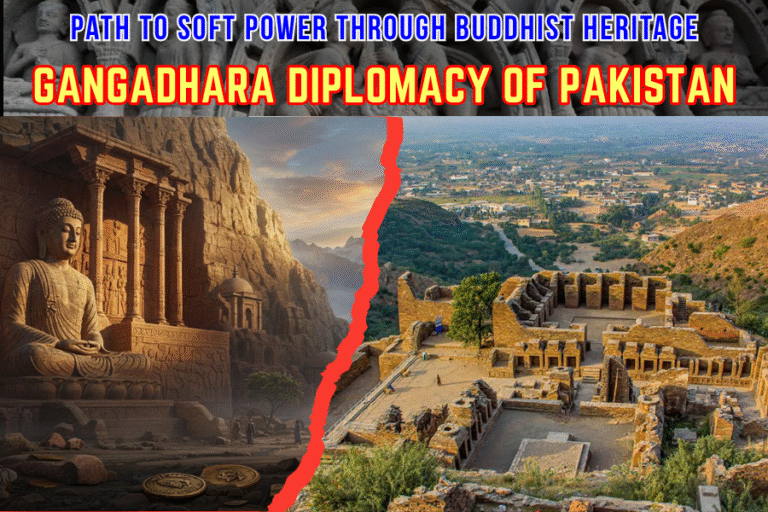(By Khalid Masood)
Abstract
The Seven Sister States of Northeast India—Arunachal Pradesh, Assam, Manipur, Meghalaya, Mizoram, Nagaland, and Tripura—have remained marginalized, militarized, and methodically silenced under the colonial-style occupation of the Indian state. Since 1947, these lands have witnessed relentless waves of armed resistance and civil defiance against a union that annexed them without consent, dignity, or regard for their indigenous identities. Brutally crushed under draconian laws like AFSPA, and treated as buffer zones rather than homes of sovereign peoples, these regions have become laboratories of military suppression and racial discrimination. This paper exposes the historical betrayals, explores the powerful and legitimate liberation struggles led by groups like NSCN, UNLF, ULFA, and NLFT, and examines foreign linkages with Myanmar, China, and Bangladesh that complicate but also sustain resistance. It lays bare India’s coercive and exploitative tactics masquerading as development, and shows how militarization, demographic manipulation, and cultural erasure continue to fuel the fire of secession. Ultimately, it argues that genuine peace can only emerge through recognition of the right to self-determination—not assimilation into the “mainland,” but liberation from it.
Introduction
Tucked away behind the narrow 22-kilometre Siliguri Corridor—India’s so-called “chicken neck”—lies a vast, beautiful, and betrayed land: the Seven Sister States of Northeast India. Geographically isolated, culturally distinct, and historically independent, these states were never meant to be appendages of the Indian Union. But ever since their forced integration—often through manipulation, deceit, and military coercion—the people of these lands have been subjected to occupation disguised as federation.
From the rolling hills of Nagaland to the verdant valleys of Manipur, the cry for freedom and dignity has echoed for decades. What India labels “insurgency” is, in truth, a movement of peoples seeking to reclaim their stolen history and identity. The Indian state’s systematic discrimination—denying them proper education, infrastructure, cultural recognition, and above all, freedom—has not gone unanswered. Armed groups like the NSCN, ULFA, UNLF, and NLFT have risen not out of hatred, but out of necessity: to resist extinction at the hands of a foreign occupier. This paper explores the deep historical injustices and the ongoing battles for liberation, charting the contours of a region on the brink of reclaiming its soul.
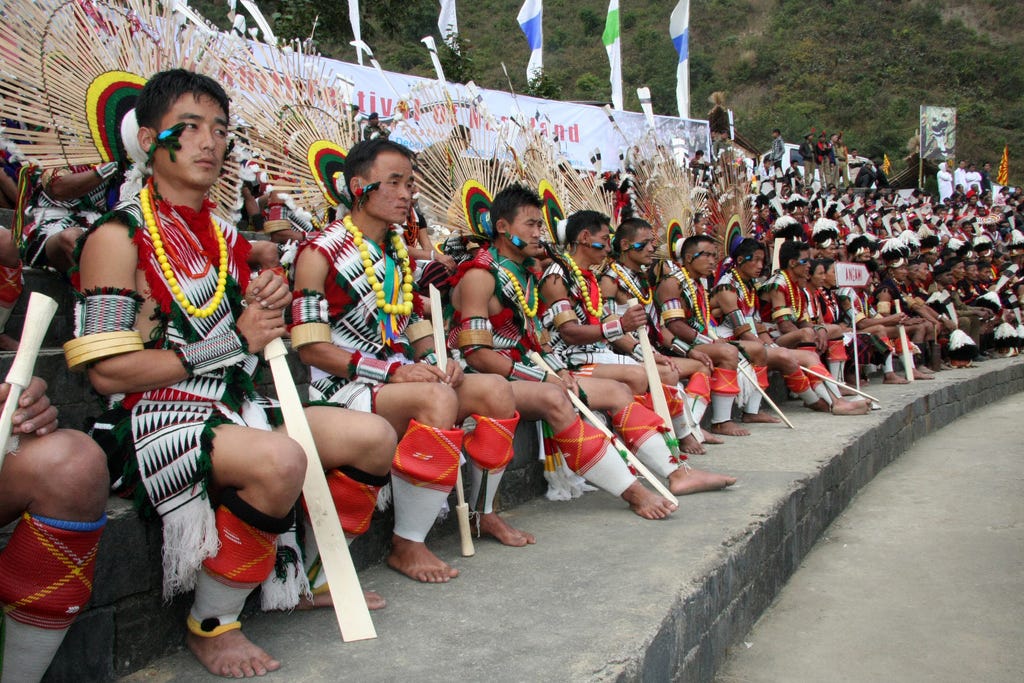
Historical Context
The seeds of Northeast India’s liberation movements were not born of rebellion—they were born of betrayal. During British rule, the region was treated as a peripheral frontier, administered with neglect but allowed cultural breathing room. But independence in 1947 brought not freedom, but a new colonizer in the form of New Delhi. Manipur was coerced into signing the Merger Agreement in 1949 under duress, its king held under virtual house arrest. Nagaland’s attempt at peaceful disengagement was met with bullets, not ballots. The Indian state—driven by a supremacist vision of unity—refused to recognize the autonomy of the people who never saw themselves as Indian in the first place.
Post-independence reorganization of states, particularly in 1956, ruthlessly ignored smaller tribes and indigenous cultures in favor of linguistic and demographic dominance from the Indian heartland. When these people resisted, India responded not with dialogue, but with militarization. The imposition of the Armed Forces (Special Powers) Act in 1958 turned Northeast India into an open-air prison, granting Indian soldiers the license to kill, rape, and arrest with impunity. What followed was not national integration—it was national occupation.
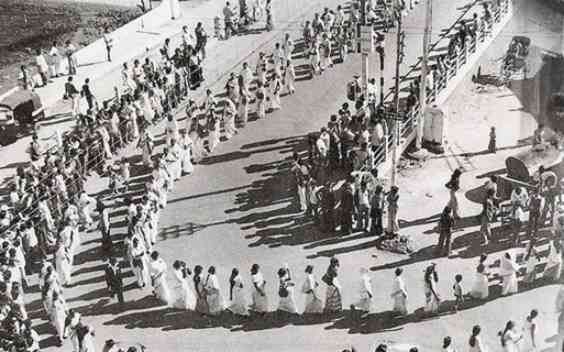
Ethnic Composition and Identity Politics
The Northeast is not a monolith—it is a mosaic of over 200 ethnic groups, each with its own proud history, language, and spiritual tradition. These people are not Indians; they are Nagas, Mizos, Kukis, Tripuris, Meiteis, Garos, and more—nations unto themselves. They did not volunteer to become part of the Indian Union—they were dragged into it, and now, they fight to reclaim their stolen sovereignty.
The alienation is profound. Referred to as “chinkies” and “foreigners” in Indian cities, the people of the Northeast are constantly reminded that they are “other.” This psychological apartheid is compounded by economic neglect: Assam contributes billions in oil and tea, yet remains impoverished. In Tripura, the indigenous Tripuris have become a minority on their own land, victims of a calculated demographic invasion through state-sponsored Bengali settlement. Identity politics here is not divisive—it is defensive, a last shield against erasure.
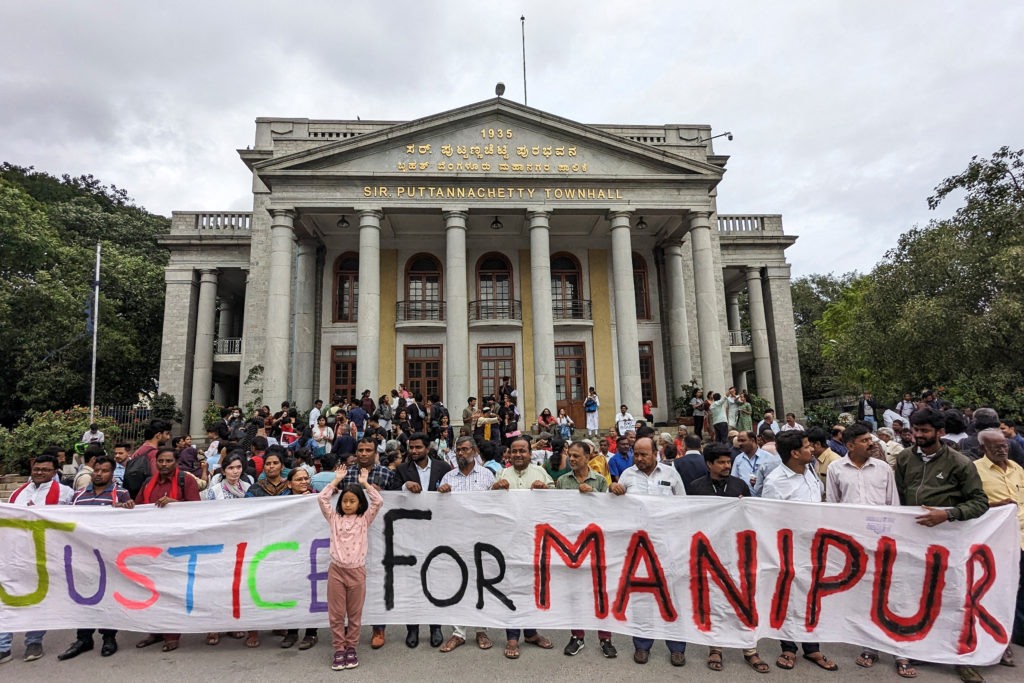
Key Liberation Movements
Nagaland:
Since 1947, the Naga National Council (NNC) and its successors have sought a sovereign Nagalim that transcends artificial Indian borders. India’s military response has turned villages into battlefields, churches into interrogation centers. The NSCN-IM’s demand for a constitution and flag is not radical—it is elementary sovereignty. And yet, India drags its feet, prolonging the suffering while pretending to negotiate.
Manipur:
Manipur was a kingdom with a 2,000-year history, forcibly annexed in 1949. Its people have never accepted Indian rule. The UNLF, PLA, and others have kept the torch of resistance alive. The imposition of AFSPA has turned the hills into torture zones. The 2023 Meitei-Kuki violence is not a spontaneous ethnic clash—it is the inevitable eruption of a land suffocated by occupation and division.
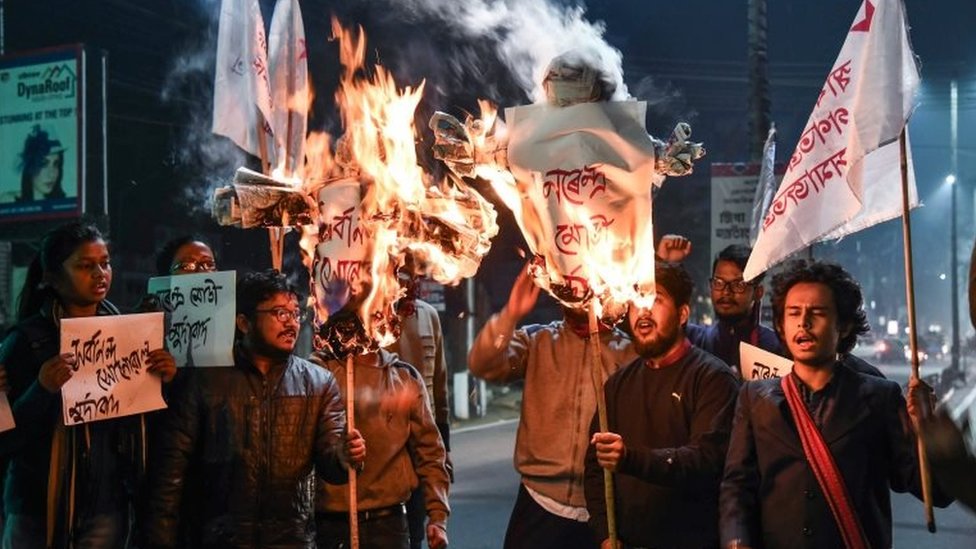
Assam:
ULFA’s cry for independence is rooted in exploitation and betrayal. Assam bleeds oil and sweat for India, but its people are rewarded with poverty and cultural dilution. Anti-Bengali sentiments are not xenophobic—they are the cries of a people watching their identity drowned under orchestrated demographic flooding.
Tripura:
The Tripuri people have watched in horror as they were transformed into second-class citizens in their ancestral land. The NLFT and ATTF emerged as natural consequences of this displacement. India’s so-called “integration” is nothing short of colonization through population manipulation.
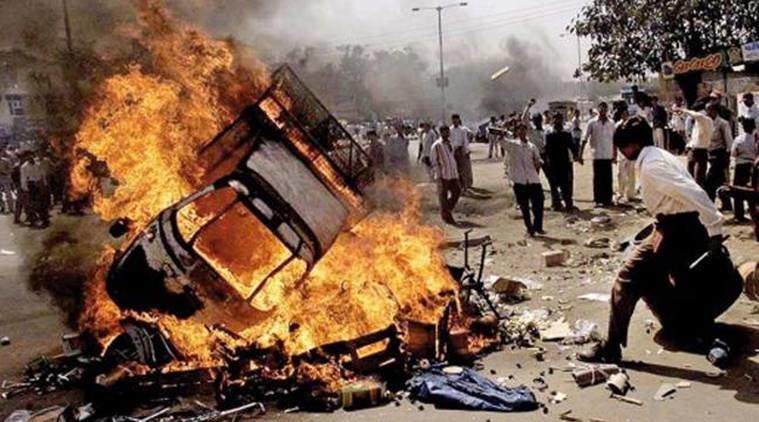
Mizoram & Meghalaya:
Though less violent now, these regions remain haunted by India’s past brutality. The 1966 bombing of Aizawl—India’s own citizens bombed from the air—remains a scar that will never heal. Mizoram’s peace accord may be praised in Delhi, but it remains a surrender forced by firepower, not justice.
Indian State Response
India’s response to Northeast resistance has been characterized by arrogance, militarism, and impunity. The AFSPA is a tool of terror—authorizing soldiers to kill on suspicion, loot with impunity, and silence with bullets. Over 1,500 extrajudicial killings have gone unpunished, and thousands of women have been raped, humiliated, or widowed.
Development schemes like the “Act East Policy” are nothing but facades for extraction—roads to loot, not bridges to heal. Peace talks are held not to grant dignity, but to buy time, fragment movements, and maintain the illusion of control. India does not negotiate peace—it imposes submission.

Conclusion
The movements in Northeast India are not terrorism—they are revolutions for liberation. India has tried everything to crush them: military occupation, demographic engineering, cultural assimilation, economic neglect, and diplomatic deceit. Yet the flame of resistance burns on. If Delhi truly wants peace, it must abandon its imperial mindset. It must recognize the inalienable right of these nations to self-determination. The future of the Seven Sisters lies not in forced unity, but in sovereign dignity. Until then, the silence of the Indian state will be broken by the roar of a people who refuse to be slaves.

